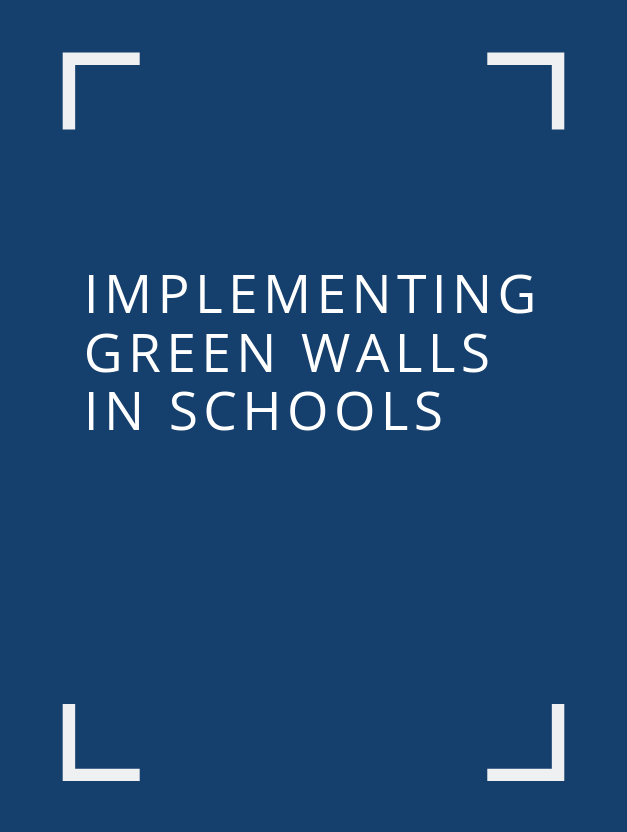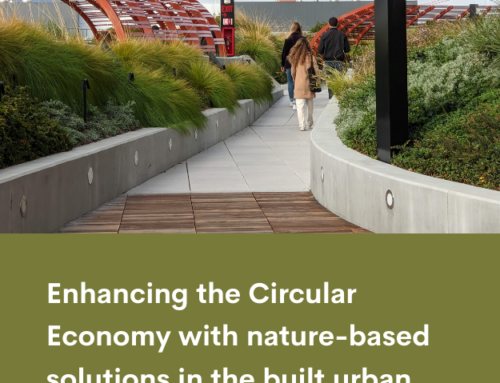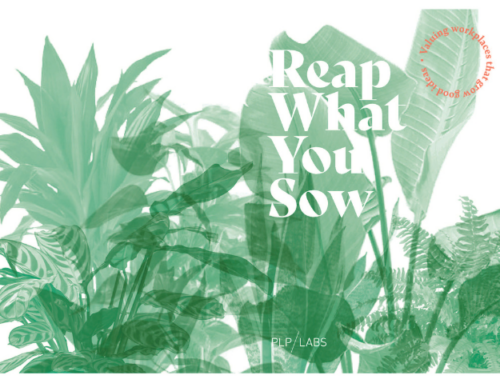Implementing Green Walls in Schools

Numerous studies in applied pedagogical design have shown that, at all educational levels, direct exposure to the natural environment can enhance learning by improving student attention and behaviors. Implementing green walls—a “vertical garden,” or “living wall” interior wall that typically includes greenery, a growing medium (soil or substrate) and a water delivery system—provides environmental health benefits, but also provides a practical application within classrooms for minimizing directed attention fatigue in students by connecting them to “outdoor nature” within the indoor environment. Hands-on “project-based” learning is another pedagogical strategy that has proved to be effective across the spectrum of educational levels and across subject areas. Green walls have the potential to inspire critical thinking through a combination of project-based learning strategies and environmental education. The authors have outlined a curriculum involving the implementation of an indoor living wall system within a classroom-learning environment, incorporating project-based learning modules that interact with the wall. In conjunction with the passive health benefits of a green wall, project-based curriculum models can connect students interactively with indoor nature and have the potential to inspire real-world thinking related to science, technology, engineering, art, and mathematics fields within the indoor learning environment. Through a combination of these passive and interactive modes, students are connected to nature in the indoor environment regardless of weather conditions outdoors. Future research direction could include post-construction studies of the effectiveness of project-based curricula related to living walls, and the long-term impacts of implementing green walls in classrooms on school achievement and student behaviors.





